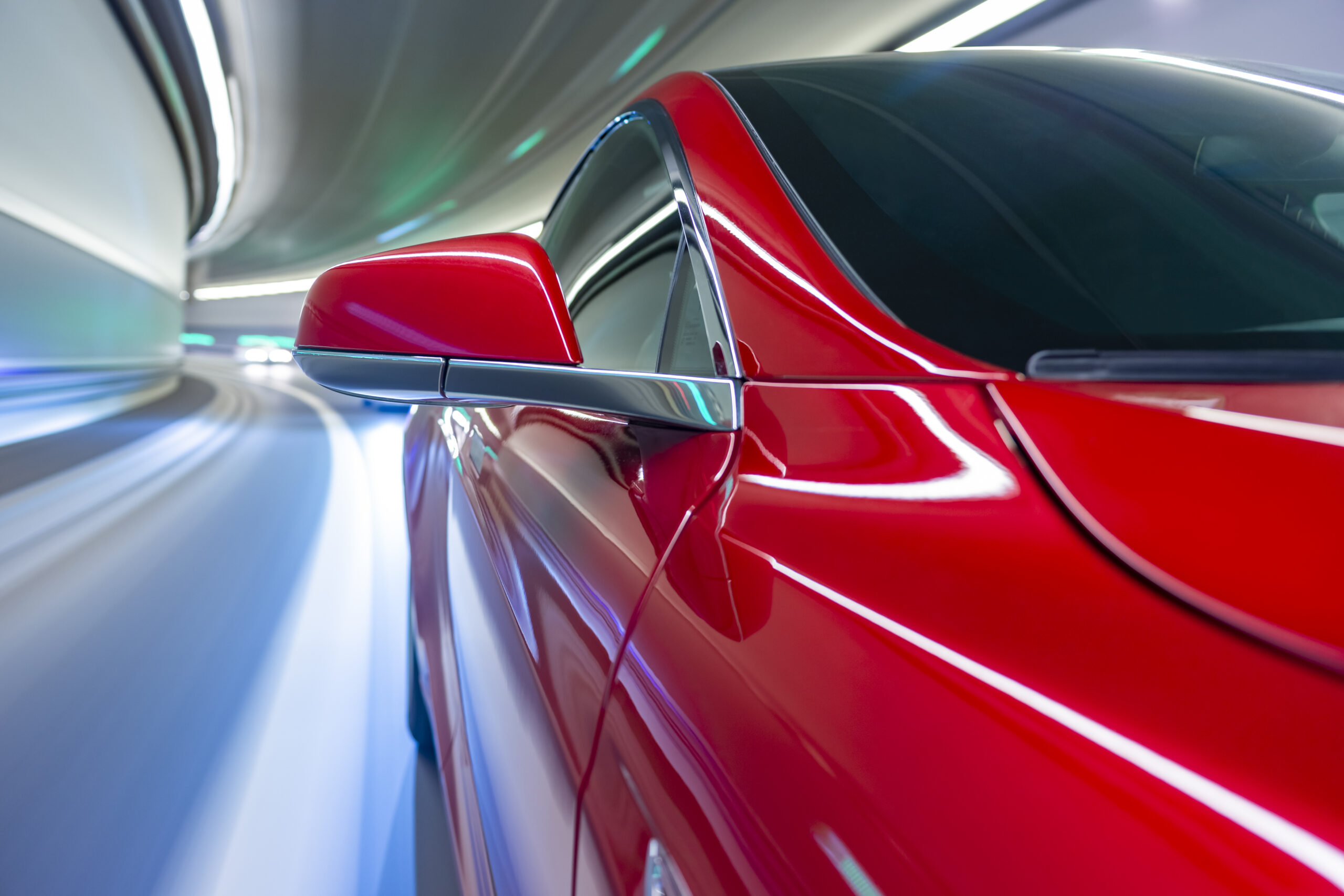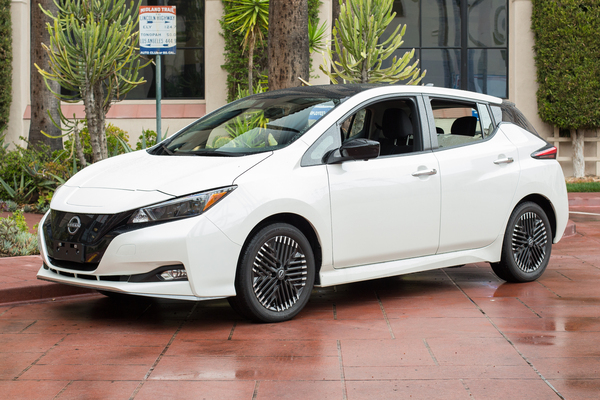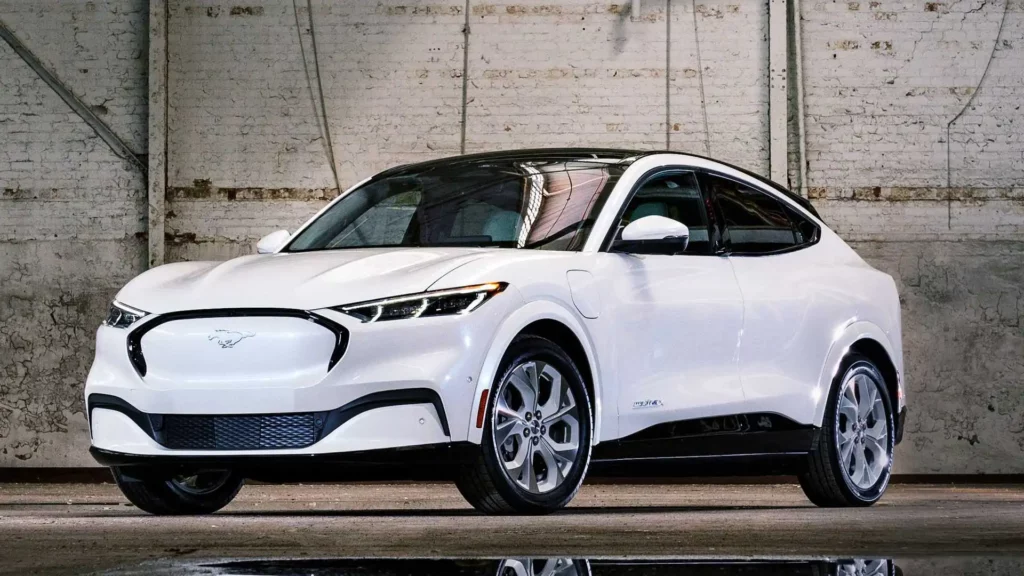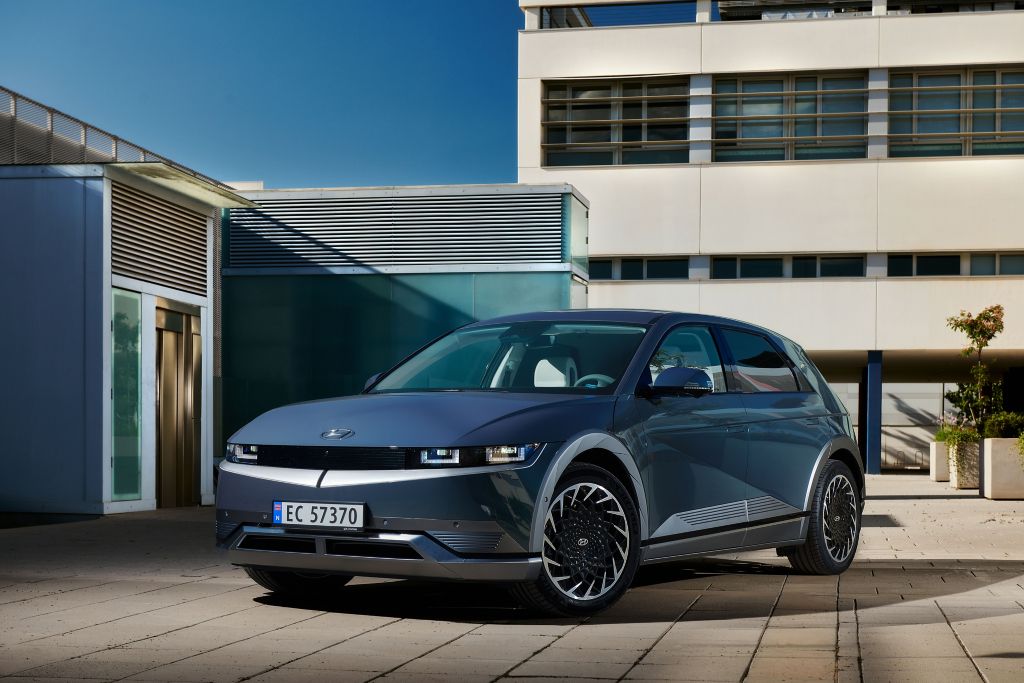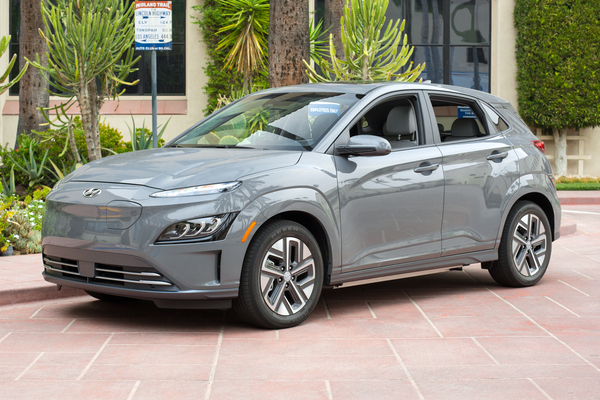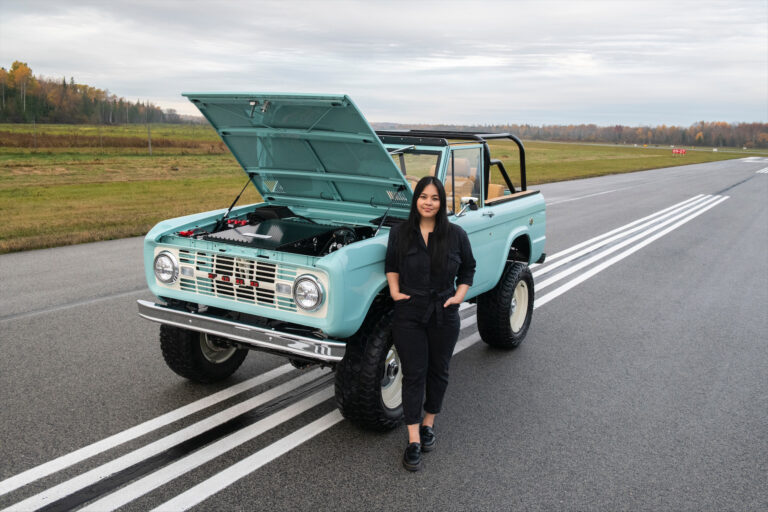
The classic car of your dreams is a work of art and everything you ever wanted, except it is a gas-guzzling, fume-spewing behemoth, which clashes with global goals of lowering emissions and the number of gas-powered cars on the planet.
In an effort to embrace sustainability and preserve these important pieces of automotive history, classic-car fan Sloane Paul founded ARC Motor Company in Toronto, which converts gas-powered classic cars to electric vehicles.
For the Love of Cars
Paul, who spent about 15 years in marketing for technology and engineering companies, is the first woman in North America to establish this kind of startup. Paul runs the company with her brother Tom Chep, an electrical engineer who is the hands-on part of the conversion team.
“I’ve loved cars since I was a child,” said Paul. “One of the earliest memories I have is of playing hide and seek and hiding behind a cherry red Mustang. The only poster I had on the wall in my room in ninth grade was of a 1998 blue BMW Z3 roadster. I love the beauty of cars, the art and the technology all wrapped up in one.”

It Began with a Bronco
The idea for the company came to Paul during the pandemic, when her appreciation for classic cars blossomed.
“They are collector’s items, like pieces of art,” Paul said. “We don’t want to see classic cars become extinct because of zero emissions. We want to preserve them. We can electrify them.”
Paul also fell in love with a 1974 Ford Bronco, which really needed some TLC.
“It was in terrible condition, the engine had seized up,” Paul said. “Broncos also are noisy gas guzzlers. I couldn’t find a shop in Toronto that could retrofit it.”
She recruited her brother who set to work, and after eight months, the conversion was completed.
“It took a lot of research to find the right parts,” Paul said. The Bronco became the company’s prototype. Now ARC can convert a Bronco in about a month.
“These cars are beloved,” said Paul of the classic car models. “We’re preserving a generation of cars, preserving a heritage – they have a new heart but the same soul.”
Demand Keeps Growing
While Chep developed his own process, at it’s very basic, converting an internal combustion engine car to an electric one involves removing the engine, transmission, gas tank and exhaust system and replacing them with an electric motor, controller and EV battery.
ARC’s conversions cost approximately $75,000 U.S. per car; yet the company has a waiting list. About half the customers are from the U.S. and half from Canada.
“Right now, we’re catering only to classic cars and that is a trillion-dollar industry. The majority of the $75,000 goes into parts and batteries. Technology is very expensive; that is something the industry is grappling with,” Paul said. “It will become more cost-effective. Gas powered vehicles have been around for decades. EVs evolved very quickly. The industry is still in its infancy, so it’s still improving.”
Besides establishing itself as a leader in the car conversion industry, Paul’s plan is to expand into other areas, including installing charging stations and converting truck fleets. ARC is collaborating with a partner to convert half-ton trucks and quarter-ton trucks to electric power.
“I’ve always been conscious of the environment and what I consume and use,” Paul said. “My passion is to do good in this world and to find something like this, where I’m so excited about getting up and going to work … This just combines all my passions. It just works out that my passions align directly with environmental goals.”
For some more cool EVs, check out these electric sports cars.
AAA’s Recommendation: Whether you own an electric vehicle or a gas-powered car is up to you – and you should consider lots of factors in making that choice. No matter what type of vehicle you’re choosing, we recommend visiting a dealership, test driving one, and asking as many questions as possible to make an informed decision.










